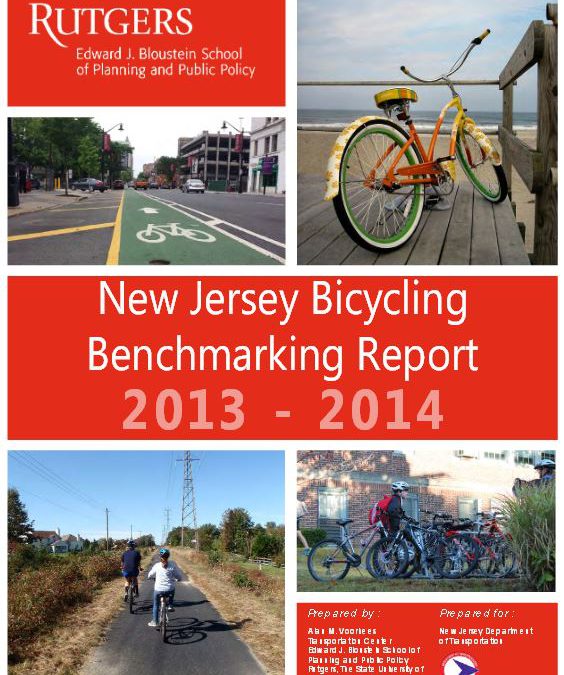The NJDOT Bicycle and Pedestrian Resource Center’s newly released New Jersey Micromobility Guide summarizes state laws and best practices for safely riding, charging, and storing micromobility devices in New Jersey.


The NJDOT Bicycle and Pedestrian Resource Center’s newly released New Jersey Micromobility Guide summarizes state laws and best practices for safely riding, charging, and storing micromobility devices in New Jersey.

The report provides a comprehensive summary of the bicycle environment at the municipal level throughout the state, using extensive data from 60 municipalities as a baseline.
This report is intended to extend and update the information provided in the 2010 Pedestrian Safety Tracking Report. Data presented in this report...
As tax relief and aid diminish each year while transportation costs rise, New Jersey school districts are under increasing pressure to consolidate,...
Research on the state of the school crossing guard training and working conditions in New Jersey led to the development of current best practices in...
School districts throughout New Jersey are forced to make budget cuts, and transportation particularly courtesy busing or non state-mandated busing,...
Due to the significant number of bicyclist fatalities and injuries that occur as a result of accidents with motorists, bicyclists in many states,...
School policies play an important role in determining how students get to and from school each day. However, information on the consistency and...
This memorandum contains a brief analysis of the pedestrian crashes pre- and post-improvement along three corridors in New Jersey: downtown Newark...
The Bicycle Activity and Attitudes Survey was a random-digit dialing anonymous telephone survey of households in the state of New Jersey, conducted...
Induced travel elasticities associated with new road capacity are typically estimated for roads of higher functional classifications, such as interstate freeways and principal arterials. These are estimated as “own” elasticities, that is an increase in lane kilometers...
There is a growing perception that e-scooters are more dangerous than bicycles and e-bikes, with towns implementing measures to ban their usage. Yet, there is not much evidence from large scale surveys to substantiate this claim. Nearly 14,000 micromobility injuries...
We compare charging station accessibility for different income groups in the San Francisco Bay Area. Using a microsimulation model, we estimate charging station accessibility under varying battery range scenarios, assuming different income groups have vehicles with...
The New Jersey Micromobility Guide serves as a resource for micromobility users across the state, collecting and summarizing the laws and safety best practices that can make riders safer. Micromobility, which includes e-bikes, e-scooters, and other low-speed devices,...